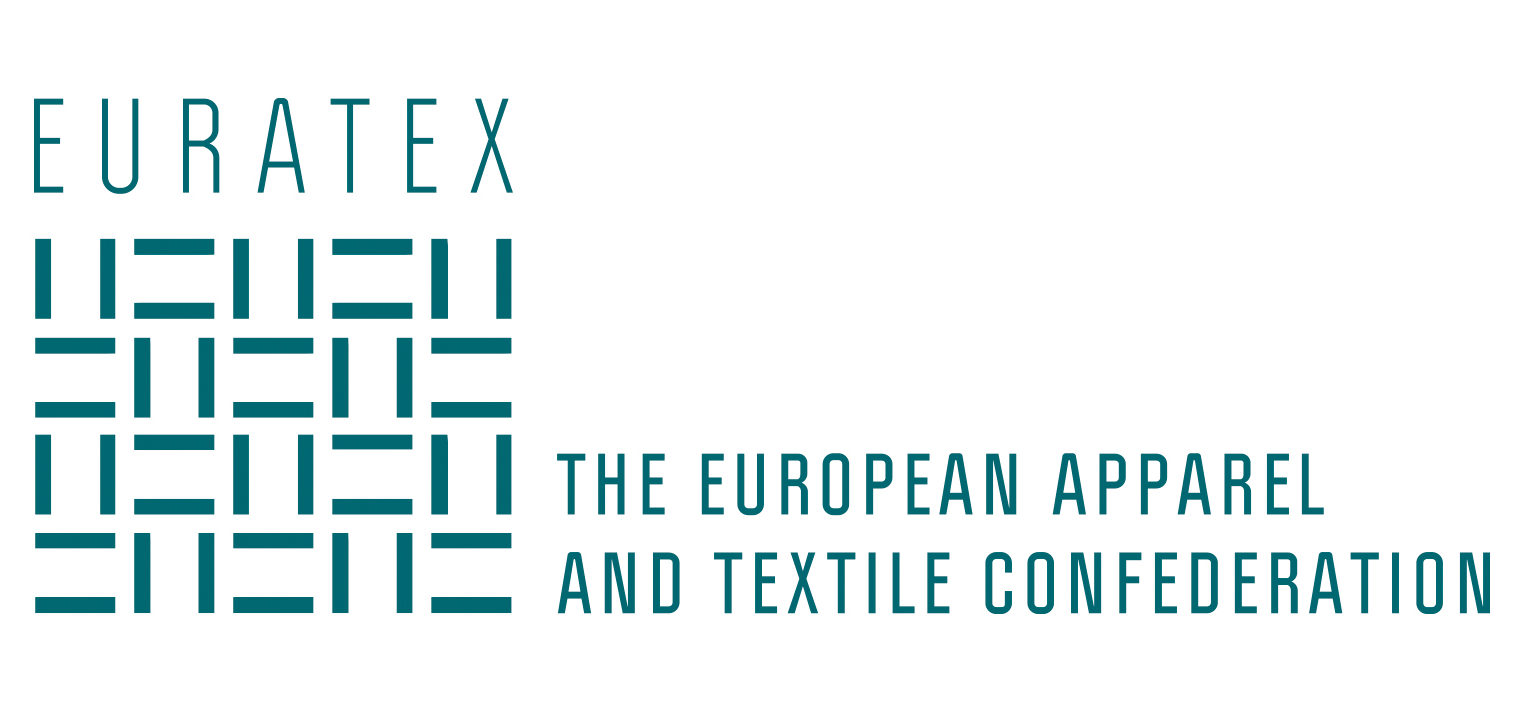The publication also includes EU consolidated changes, trade estimates, and basic structural data (production index, production prices, turnover, investments, household consumption, retail trade and consumer prices)
19 DECEMBER 2018 – The very positive 2017 EU economic evolution, benefiting the upstream part of the value chain with a robust growth of textiles and man-made fibres production and good export performances in the manufacturing industry, materialized into a strong turnover evolution during 2017. Though the global economy continues to perform well overall, the outlook in 2018 and 2019 is less favourable, also according to the European Commission’s economic forecast, which in Autumn 2018 is confirming a gloomier perspective compared to the one of Spring. Growth gaps between regions of the world have recently widened, and several emerging economies have even gone through some turbulence. The US economy is in a late cycle phase, the Fed is in the process of raising interest rates, and Europe overall has a less robust growth than the other side of the Atlantic despite favourable short-term prospects.
2018, a “soft-landing” year for the textile and clothing industry…
The EU-28 textile and clothing industry can expect that, for the entire year 2018, the textile production will marginally grow or stabilise – the weakest result since 2015. Such “soft landing” will also be visible in the other parts of the industry. Clothing production should barely evolve – a “positive” sign for this sector – also because the knitwear sub-sector shall manage to stabilise its production at the 2017 low levels, after four consecutive years of declining results.
… and 2019, an uncertain year
2019 preliminary forecasts confirm the current trend of a declining production tending towards a stabilisation of the production at current levels, even if a turn in the economic evolution could be expected at the end of 2019, for textile and man-made fibres production in particular. Forecasts show that production would decrease until the second or the third quarter of 2019 before bouncing back on the positive side in particular for textile and man-made fibre sectors preparing a better 2020.
BREXIT
Brexit will certainly change the industrial and trade scene profoundly. Though all the existing supply chains active across the Channel are potentially in danger, the analysis points to few of them as being potentially at high risk.
Technical textiles and garments exports from the UK could be severely under threat. For the EU-27, the main families of goods at risk are the same: clothing, technical textiles (including carpets) and also part of the more “classical” textiles like yarns, threads and fabrics.
